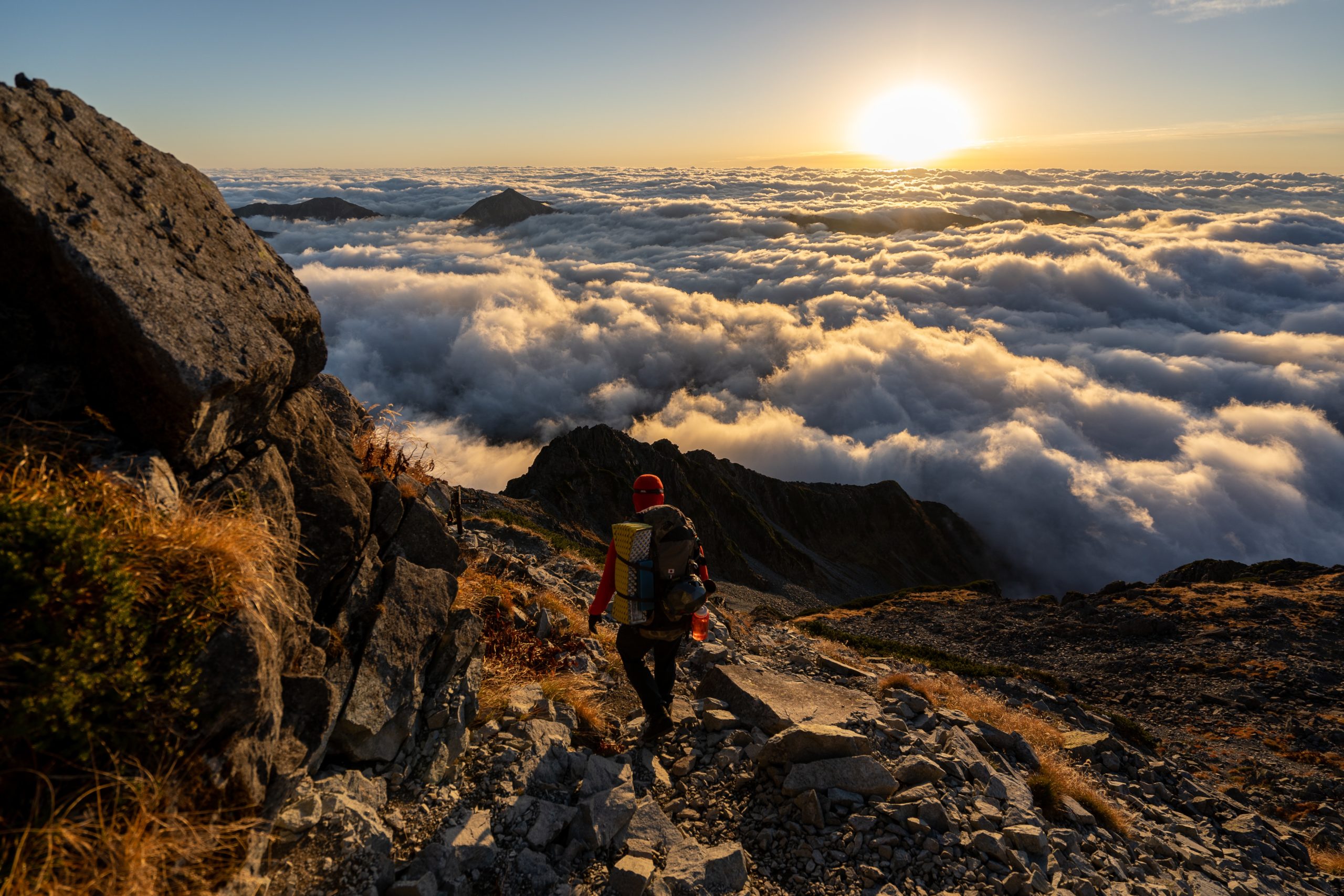So, you have decided to venture into the exhilarating world of mountains. We have all thought about climbing a mountain at one point, and the moment you do take that decision to try it is the moment everything changes. However, not all mountain-related sports or walking are the same, and obviously not all the mountains themselves are the same. Perhaps you just want to walk, hike, or climb with your hands, legs, sweat, blood, and tears. To know all about mountaineering, keep on reading!
What Is Mountaineering?
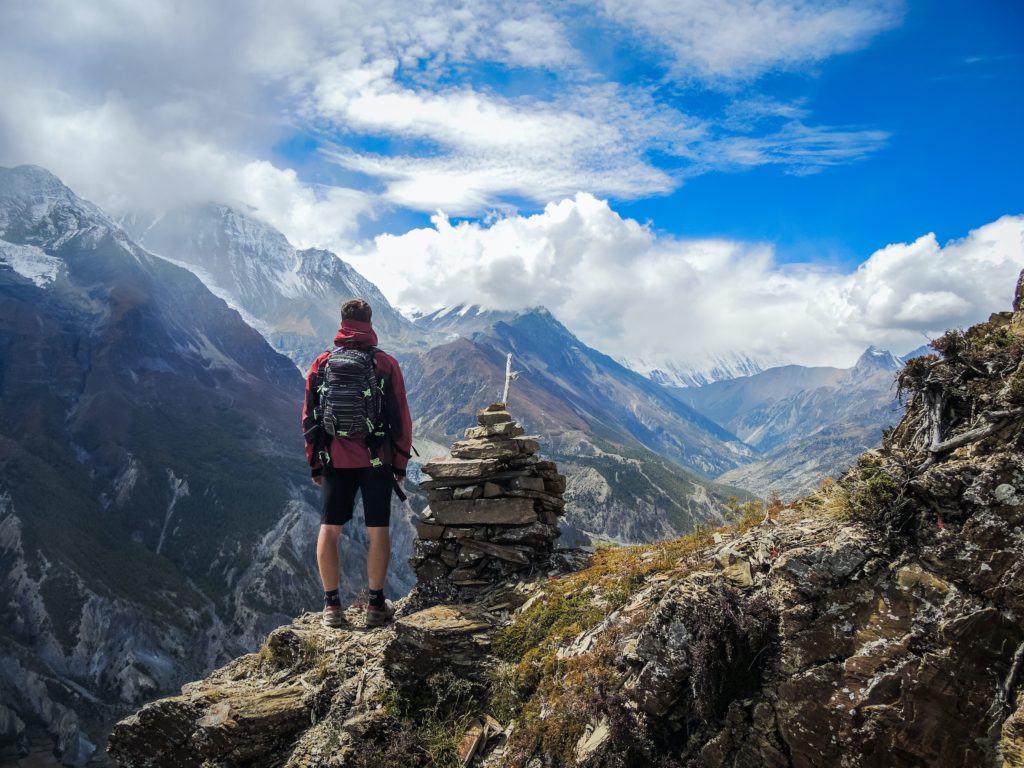
Mountaineering is a sport as old as people have had legs. It involves a mix of walking up the mountains as well as doing literal climbing. It differs greatly from hiking in the sense that with hiking, all you need to do is walk. However, with mountaineering, you need to do so much more. Most of the time, you will also need some equipment to help you on your brave quest. Mountaineering involved rocky or rough terrain or even snowy ones in winter. In general, you will find yourself constantly switching between walking and then using your gear, like an axe or rope, to climb. Thus, this takes a long time and is no sport for the weakhearted.
The biggest difference between mountaineering and any other kind of mountain or rock climbing lies in the danger and weather. Most of the time, mountaineers tackle the snowy mountains in extremely cold conditions. This is the true test that put mountaineering on the map. Getting to the top, or summit, of the mountain while facing the harshest conditions known to man is what makes a mountaineer a mountaineer.
When Did Mountaineering Start?
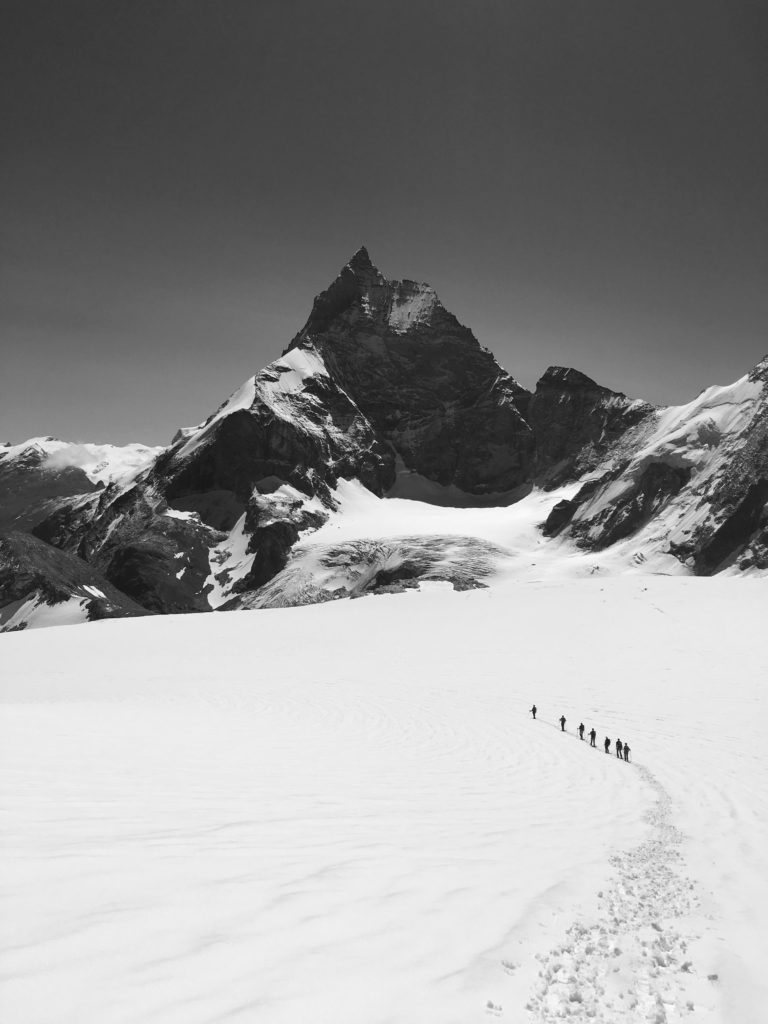
Mountaineering has been around for centuries, if not millennia. One of the most famous traces of millennia-old mountaineering is Ötzi, a mummy of a 4th millennium BC man that was found in the Ötztal alps between Austria and Italy. The date when it became popular, and an official sport is debatable. There are records of the poet Petrarch about him climbing Mount Ventoux in 1336. Later, in 1492, a French lord called Antoine De Ville climbed Mount Aiguille. Perhaps the true moment that marked the beginning of mountaineering as a sport is the ascension of Mount Blanc by Jacques Balmat and Michel-Gabriel Paccard in 1786 after Horace Benedict De Saussure offered a prize to anyone who could climb the mountain after failed attempts by him. Another pivotal moment for mountaineering is the ascension of the Swiss Wetterhorn by Sir Alfred Willis in 1865.
Nowadays, the biggest mountaineering challenge for anyone to undertake is Mount Everest. Across the decades, many people have tried, failed, and even lost their lives in the herculean attempt. In 1953, Edmund Hillary and Tenzing Norgay were the first two to successfully climb Mount Everest. Each year, around 800 people try to climb Mount Everest with some failing and some succeeding.
The Dangers of Mountaineering
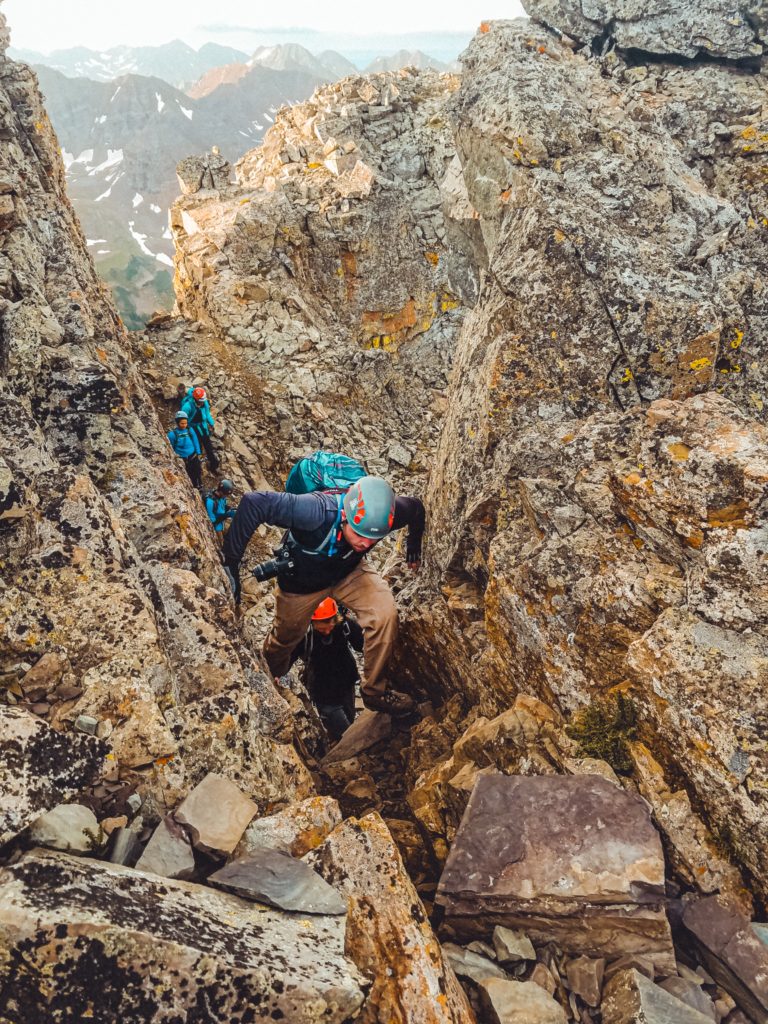
There are a few hazards related to mountaineering that every climber needs to be aware of. Avoiding these difficulties can mean life or death in an extreme situation, such as climbing Everest:
- The Weather: Perhaps the biggest culprit here, the weather plays a massive role in whether or not people make it to the top. In winter, the snow has disastrous effects that can include hypothermia, freezing, pneumonia, and more. The snow alone can make someone completely give up out of fear or a simple physical inability to cope with the cold. The snow can also block your paths, forcing you to reroute or take the harsher paths. Not only in winter is climbing hard, as you can face a storm in any season. Storms can completely destroy the path you’re following. The rain alone can also cause you to slip, or worse. Of course, with storms come thunder and lightning and while it may seem improbable, yes lightning can strike a climber on the top of a mountain. At least it won’t strike him twice though, right?
- Rocks: Rocks are a mountain’s natural bullets. This means that just one wrong move can have a rock falling right near you. A few falling rocks are dangerous enough if they hit you, but big rockslides and avalanches are pretty much fatal. When rocks fall or are falling, you need to be especially careful when climbing so you don’t move anything that would cause a domino effect from hell. The weather also plays a pivotal role here, since it affects how the rocks erode and fall in the first place. Not only do you need to watch out for rocks falling on you, but you also need to watch out for you stepping on loose rocks. Being careful to find your footing is essential if you don’t want to slip and fall a few thousand meters.
- The Height: It’s probably not a smart idea to climb a mountain if you have a fear of heights, as this one is like the 20th floor but on steroids. Not only can the altitude make you nervous, but it also affects your breathing as the air gets thinner and thinner the more you go up. Just like sea or car sickness, height sickness is real and can affect you if you stay up for too long.
What Do You Need For Mountaineering?
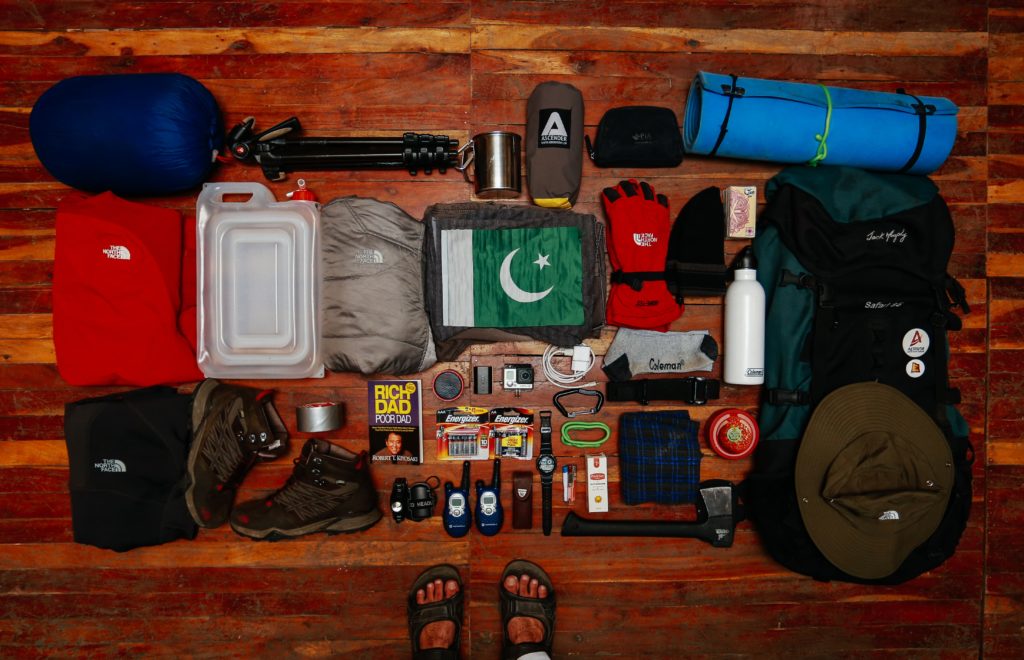
Mountaineering comes with a big shopping list if you want to be as safe and efficient as possible, let’s start off with the essentials regardless of the weather. Since you’re going up extremely high distances and you need to be safe, then you MUST have a harness and rope. Just like your local rock-climbing gym, the harness and rope will catch you if you fall and can potentially save your life. Two important words related to ropes and harnesses are carabiner and anchor. With the anchor, you fasten your rope to the rocks or snow. With the carabiner, you secure the ropes in general.
Next, you want a good helmet. The helmet protects you from falling rocks, bumps, and falls in unfortunate situations. A map and a compass will also do you a lot of good, since you can easily get lost in the mountain terrains and you need to know exactly where you are going and how to get back.
If it’s a long climb, then you might want to invest in a tent, knife, fire-starting kit, some non-perishable food like canned food or MREs, and maybe even a change of clothes or at least socks. If you’re planning on spending more than a day on the mountain, then you will definitely have to sleep and eat.
As for the snow equipment, you obviously need very thick clothes. You need to layer as much as possible and your best material is wool. Wool is very warm, but at the same time, it wicks away moisture, keeps you flexible, is light on the skin, and regulates your body temperature. Investing in good woolen socks and clothes will improve your comfort and experience tenfold. If you have seen any movie with snowy mountain climbing, then you have seen them use an axe. An axe is essential in snow, since you will be using it to get a grip on the mountain itself, as your hands will be too slippery. If an axe is for hand grip, what about your feet? Fret not, as there is such a thing as crampons. Crampons are spiky gear that you attach to your boots or shoes to help you stick on ice and snow.
When Should I Go Mountaineering?
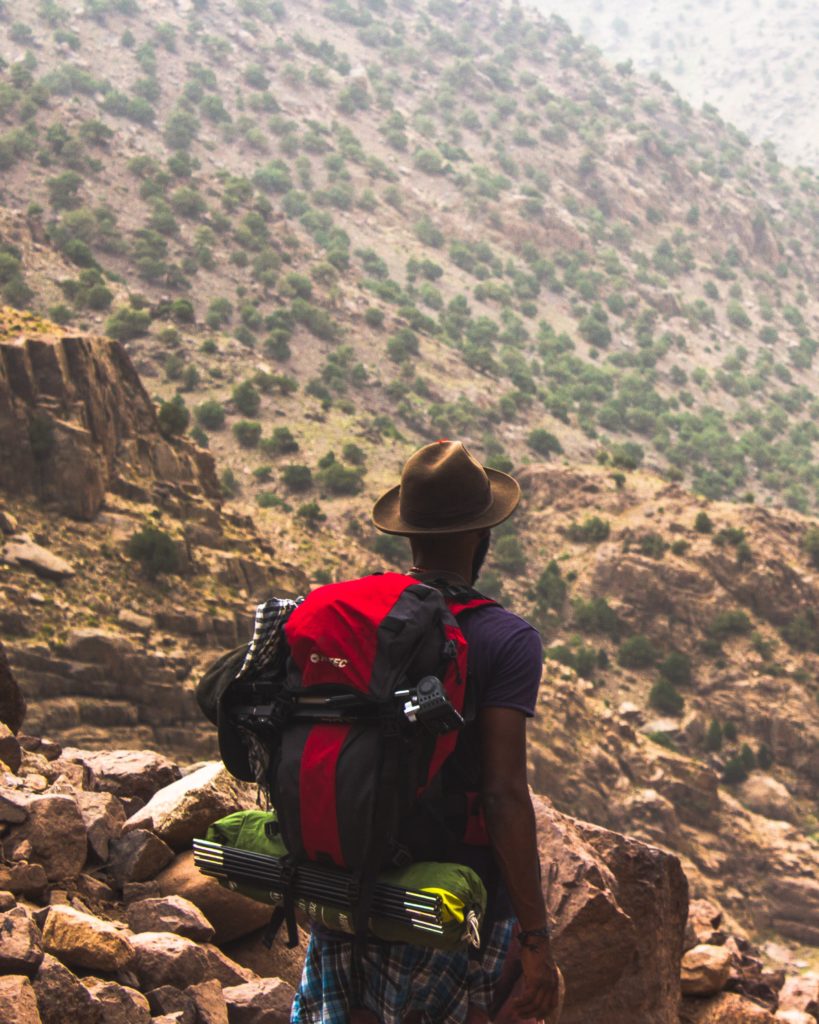
You won’t really find a closed sign on a mountain, so you can go anytime you like. However, it’s best to avoid going in winter, as it will be way too cold, especially for a beginner. It also depends on the mountain. If the mountain is normal in a hot, sunny area, then going in summer will also be torturous. This is why spring and fall are the best seasons, as no matter which mountain you are going to, the weather is likely to be more forgiving (Though it can definitely still be snowy).
What Are The Best Mountains To Climb?
If you’re going mountaineering, then you need the best of the best. Here are the most famous ones:
Mount Everest, the Himalayas
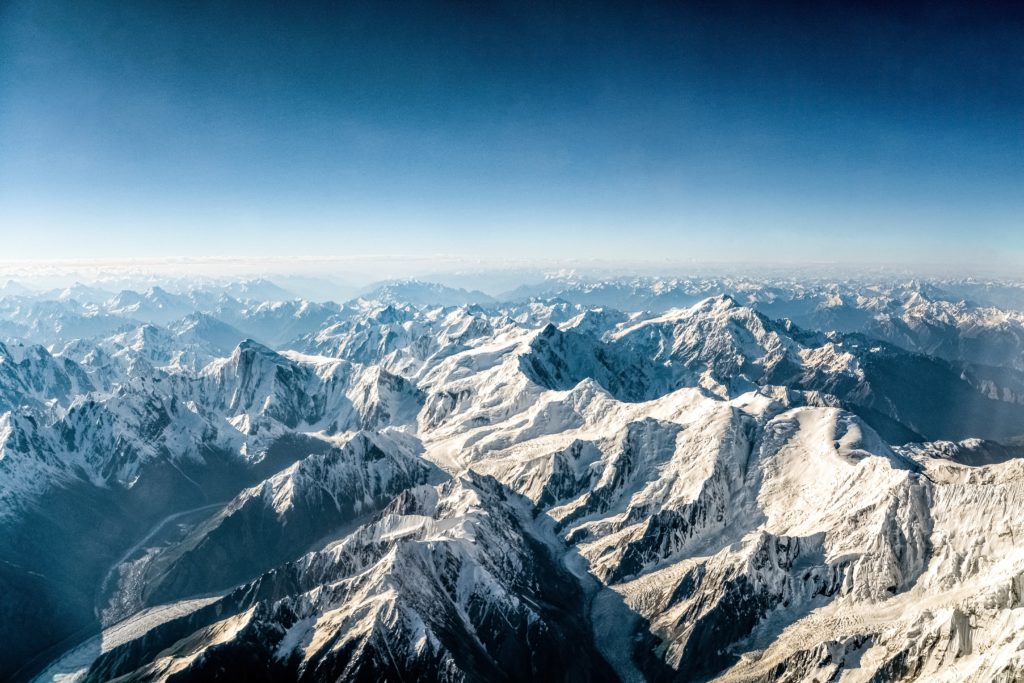
At over 8800 meters (29,000+ ft), Everest is the highest and most famous mountain on the planet. It’s also the most difficult mountain to climb and failed attempts at climbing it have led to numerous deaths. Everest is for experts, and you really don’t want it to be your first climb at all. Most of the time, climbers go in groups or less experienced ones get a guide with them.
K2, Pakistan
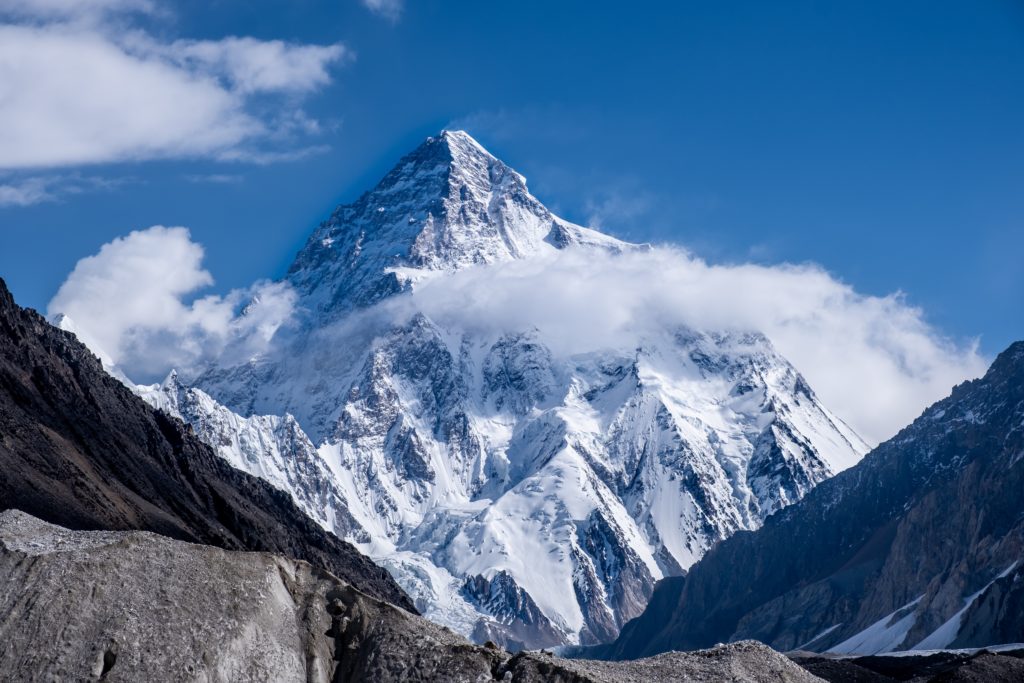
K2 is the second highest mountain in the world, but ironically, it’s considered harder to climb than Everest itself. Just like Everest, it measures over 8000 meters and its terrain is unforgiving. With a very high fatality rate, K2 should never be attempted by anyone unless they are a bona fide professional, as one in every four successful climbers dies in their attempt.
Mount Kilimanjaro, Tanzania
Another behemoth of a mountain, Kilimanjaro stands at over 5000 meters (19000+ ft) and consists of THREE volcanic cones. The volcano itself is dormant, of course. Climbing Kilimanjaro can take anywhere from five to nine days and it is EXTREMELY difficult, as it involves every kind of mountain climbing activity you can do.
The Matterhorn, Switzerland
The Matterhorn is the most well-known of the Swiss Alps, standing at over 4000 meters (14000+ ft). Even though it’s the highest and most difficult to climb among the Alps, this mountain is more forgiving than Everest, K2, and Kilimanjaro. It can be climbed by beginners if they have an excellent guide and all the right equipment and training, as it has more than one path to the top.
Mount Fuji, Japan
Mount Fuji is the tallest mountain in Japan at over 3000 meters (12000 ft+). However, it’s also one of the easiest and most climbed mountains in the world. The entire climb can take under a day of trekking and anyone can do it, even if it’s not the shortest mountain. Thousands upon thousands of people and tourists climb Fuji each year, so it’s not just a challenge, but also a touristic adventure. The mountain is sacred and has a rich and deep culture for the people of Japan, so it’s definitely worth a visit.
Extra Advice For Mountaineering
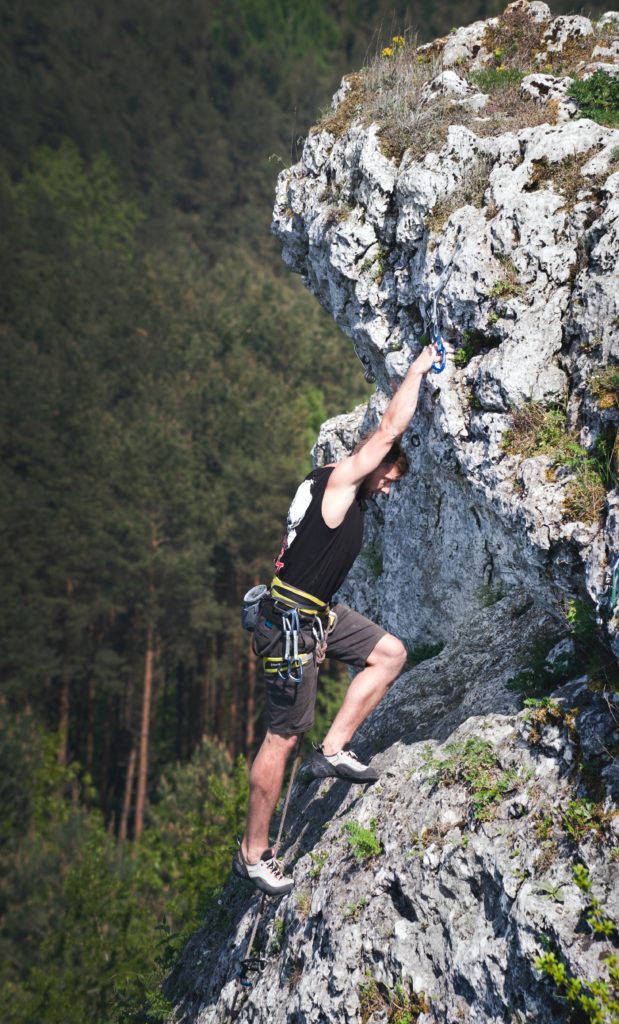
Even if you’ve got all the gear and picked your mountain, there are some extra steps you could follow to make your climb much more successful. First of all, you need to get as fit as possible. A higher level of fitness means an easier climb, so you better up the incline on your treadmill and start trying out all the hiking paths in your area. If you can go rock climbing, then you definitely should.
Taking a course is another plus that would help you if you don’t have a guide or not climbing with friends. The course will introduce you to the basics of mountaineering and in less than a week, you will know pretty much all you need to know and get some hands-on (and foot-on) experience.
Knowing your limits is also essential. If you’re starting out, you can’t just head out for the Himalayas. You need to start slow, be patient, take your time, finish all the hiking you can do and the smaller mountains you can climb then head for the big ones. It may take you years to stand atop the tallest mountain, but the journey will be worth it.
Conclusion
Overall, mountaineering is a sport for those who like to conquer nature. Through climbing and hiking, you can reach the greatest heights in the world, provided you take the proper precautions and get the right gear like harnesses, ropes, axes, and clothes. Mountaineering has been around as an official sport since the late 20th century and has been increasing in popularity ever since. With more and more mountains being accessible to climb like Everest, Fuji, and more, it’s the best time to start preparing for the adventure of a lifetime that will put your body, mind, and spirit to the test.
